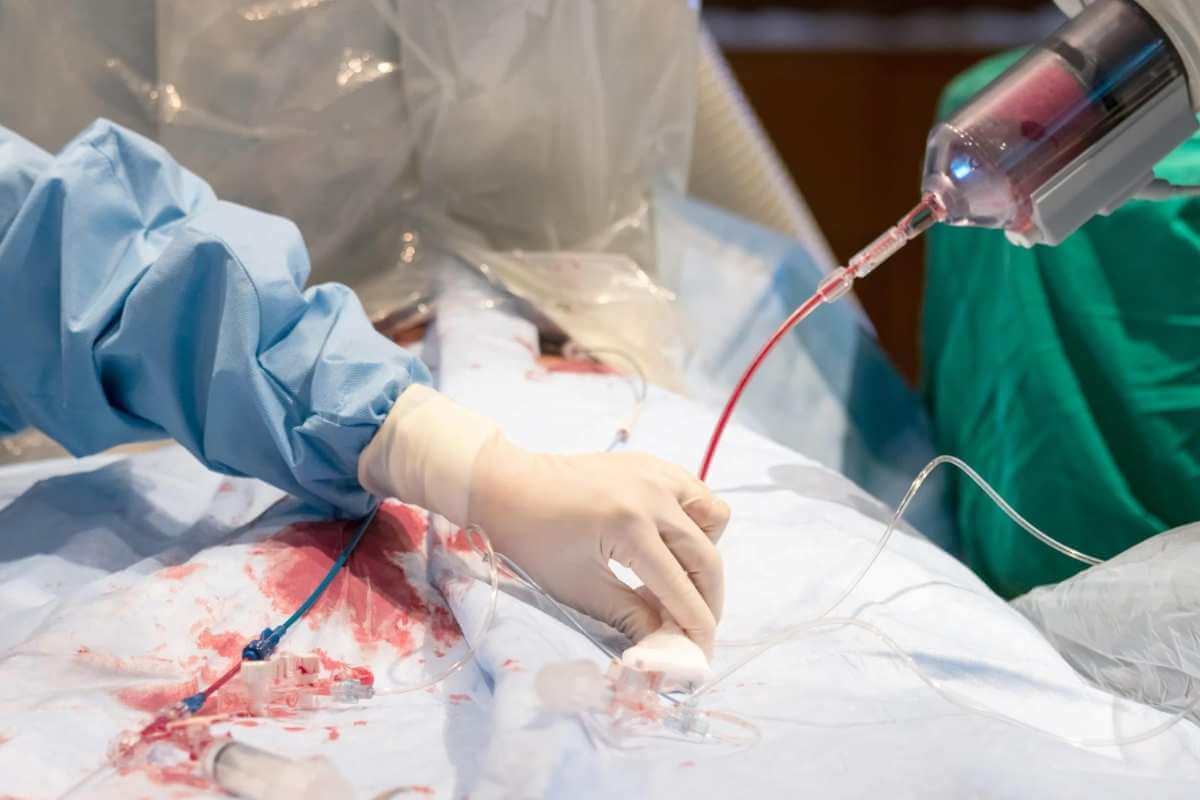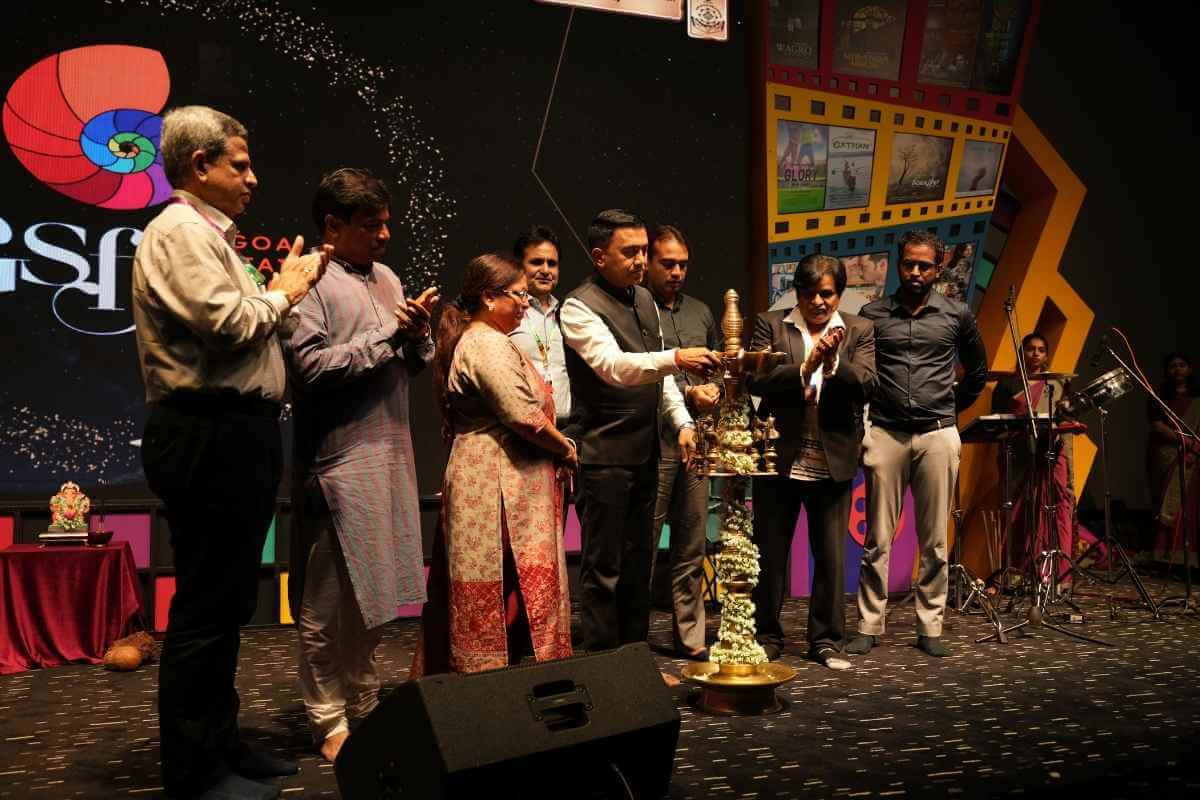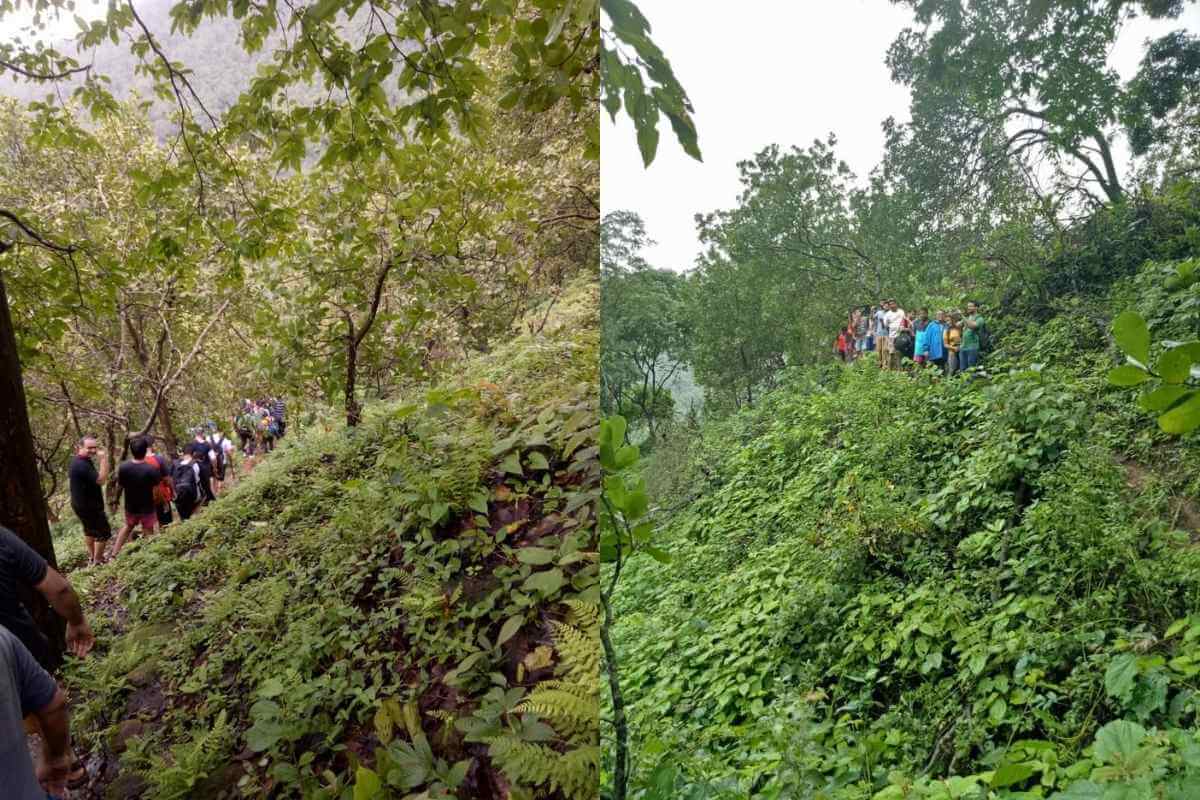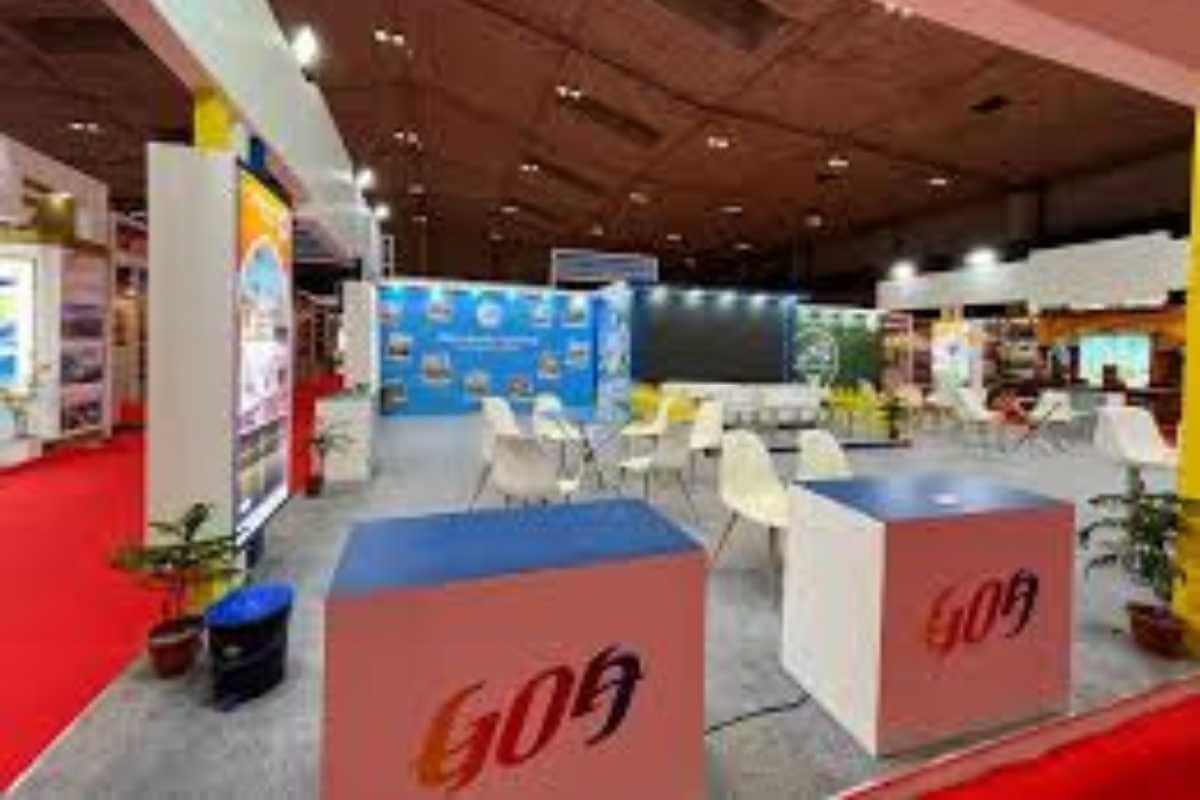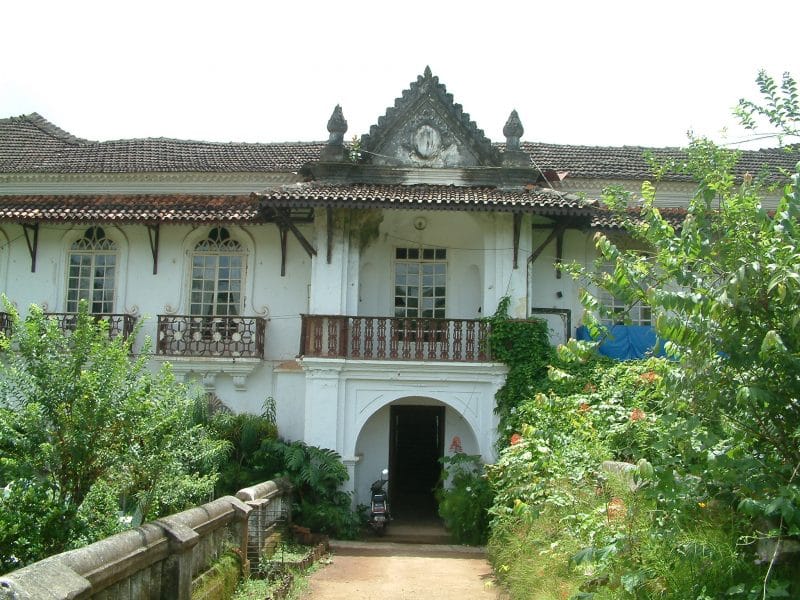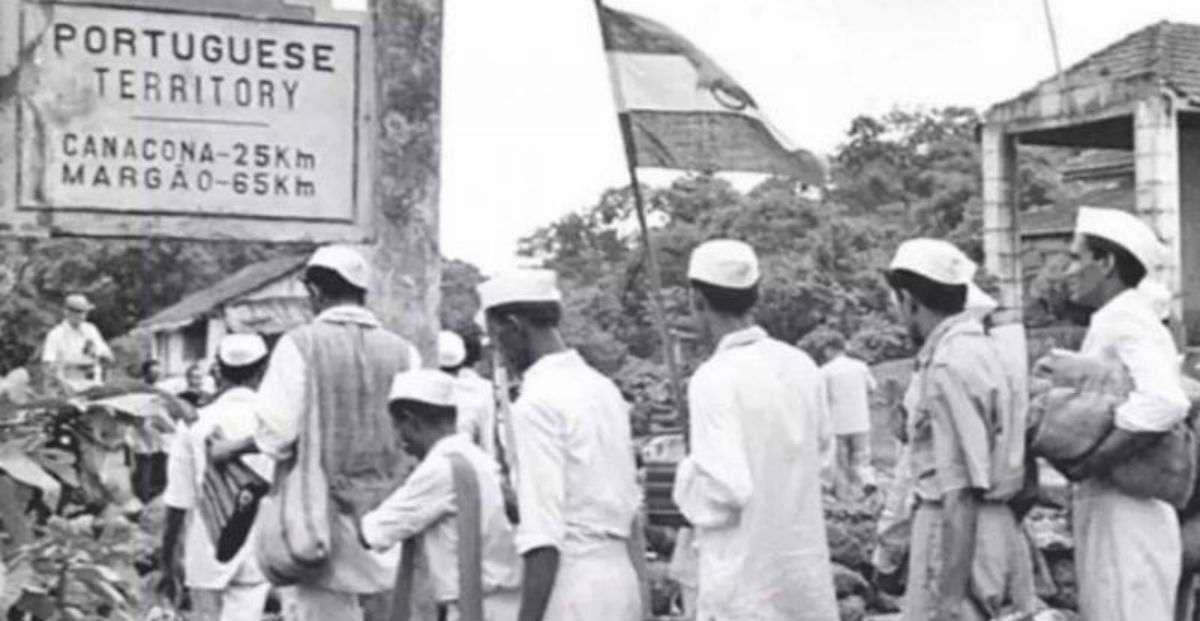Goa’s colonial houses with baroque architecture are a distinctive and beautiful illustration of the area’s rich architectural heritage. These homes were constructed during the colonial era, when the Portuguese, who were renowned for their appreciation of art and architecture, ruled Goa.
The elaborate and ornate decorations, including exquisite carvings, sculptures, and ornaments that adorn the building’s exterior and interior, are what define the Baroque architectural style. The homes often have wide rooms with frescoes, paintings, and decorative stucco work, as well as arched doorways and high ceilings.
Several of these homes have been carefully preserved, renovated, and some have been converted into boutique hotels, giving guests the opportunity to enjoy the magnificence and beauty of Goa’s extensive architectural legacy.
Here are some of the must-see heritage homes with baroque architecture in Goa.
Braganza House
One of Goa’s most prominent and well-preserved examples of Baroque architecture is Braganza House, which is situated in the village of Chandor. The Braganza family, one of the wealthiest families in the area during the colonial era, constructed this magnificent home in the 17th century. The home has a stunning chapel and a huge entrance hall with a grand staircase, both of which are embellished with elaborate carvings and murals. A collection of antique furniture, china, and other antiques that depict the splendour and grandeur of Goa’s colonial era are also kept in the house.
A guided tour of Braganza House is available for guests who want to learn more about the building’s past, present, and future as well as the colonial way of life of the Braganza family. For anyone interested in history, art, or architecture, the tour offers a fascinating look into the customs and culture of Goa during the colonial era.
Figueiredo House
Another well-maintained example of Goa’s Baroque architecture can be found in the village of Anjuna at Figueiredo House. The Figueiredo family still resides in this magnificent home, which was constructed in the 18th century and has been kept in its original state. The mansion has a ballroom, a chapel, and a variety of antique furniture and works of art, like ceramics and paintings.
Take a guided tour of Figueiredo House to learn about the house’s history, architecture, and the way of life of the Figueiredo family during the colonial era. The tour offers an intriguing look into Goa’s culture and traditions during the colonial era.
Casa de Moeda
The intriguing and distinctive Casa de Moeda, in Panaji was the Goa colonial government’s mint house during the Portuguese colonial era. The structure, which dates back to the 17th century, has a charming facade and a courtyard that is embellished with carvings and sculptures. The structure is now a museum that chronicles Goa’s history with money and coinage.
Visitors can tour the displays at Casa de Moeda and discover more about Goa’s currency and coinage history as well as the significance of the mint house to the colonial economy. The museum is a must-visit since it offers a fascinating look into the history and culture of Goa during the colonial era.
Salvador Costa Mansion
Located in Loutolim, South Goa, the Salvador Costa Mansion is a classic Portuguese mansion. It also goes by the name Figueiredo House, after its previous owners. The home, with its blend of Baroque, Mannerist, and Indian styles, is an outstanding example of Goan-Portuguese architecture.
The Salvador Costa home was constructed in the 19th century by Salvador Costa, a prosperous Goan landowner. The mansion has an impressive entrance hall, elaborate balconies, detailed carvings, and lovely gardens. Antique furniture, Portuguese tiles, and paintings fill the mansion’s interior.
The Salvador Costa home is open to visitors today and is a well-liked tourist destination. It has been beautifully restored and is now a museum that highlights Goa’s history and culture.
The mansion also houses a restaurant and a boutique where traditional Goan crafts and souvenirs can be purchased.
Guests can have a delicious Goan meal at the restaurant, take a guided tour of the Salvador Costa mansion, and explore the gardens. Anybody interested in Goan-Portuguese architecture and culture must visit the mansion.
Solar dos Colacos Mansion
In the centre of Panaji’s Latin Quarter, North Goa is the historic mansion known as The Solar dos Colacos. It is one of the few remaining historic structures in Panaji and an outstanding example of Portuguese-style architecture.
The Solar dos Colaco’s home was constructed in the late 18th century by the Colacos, a prosperous Portuguese family. The mansion has a regal entry with a lovely courtyard, elaborate balconies, detailed carvings, and Portuguese tiles. Paintings and antique furnishings fill the mansion’s interior.
A boutique hotel has been created out of the stunningly restored Solar dos Colacos home. Ten lavish guest rooms with individual décor and furniture are available at the mansion.
With high ceilings and big windows that provide views of the city and courtyard, the rooms are spacious and bright. Traditional Goan and Portuguese cuisine is offered in the mansion’s restaurant. Either the formal dining room or the outside terrace with a view of the courtyard is available for guests to dine in. A guided tour of the Solar dos Colacos home allows visitors to learn about its history and architecture. For anyone interested in Goan culture and Portuguese-style architecture, the home is a must-visit location.
Pinto de Rosario Mansion
Located in Porvorim, the Pinto de Rosario home was constructed in the nineteenth century by Cristovao Salvador Pinto de Rosario, a prosperous landowner from Goa. The mansion has a majestic entryway with a stunning courtyard, elegant balconies, and exquisite carvings. Antique furniture, Portuguese tiles, and paintings fill the mansion’s interior.
The Pinto de Rosario mansion has been tastefully refurbished and is now available for tours. In addition to a restaurant serving traditional Goan and Portuguese cuisine, the palace has a museum displaying Goa’s history and culture. A guided tour of the Pinto de Rosario residence allows visitors to learn about its history and architecture. The museum houses a variety of antique relics, paintings, and furniture in addition to displays of Goan history, art, and culture.
The Pinto de Rosario mansion’s restaurant offers a range of Goan and Portuguese specialities, as well as vegetarian and meat dishes. Either the formal dining room or the outside terrace with a view of the courtyard is available for guests to dine in.
Anybody interested in Goa’s cultural history and Portuguese-style architecture must visit the Pinto de Rosario home.
Mascarenhas Mansion
The Mascarenhas Mansion is a traditional Portuguese mansion situated in the happening area of Anjuna in north Goa . It is a remarkable example of Goan-Portuguese architecture and one of the best-preserved homes in the area.
The Mascarenhas House was constructed in the 18th century by Luis Joaquim Mascarenhas, a wealthy landowner from Goa. Antique furniture, Portuguese tiles, and paintings fill the mansion’s interior. A museum showcasing Goa’s history and culture can be found in the mansion, along with a shop selling local products and mementoes.
A guided tour of the Mascarenhas Mansion is available to those who want to learn more about its history and architecture. The museum houses a variety of antique relics, paintings, and furniture in addition to displays of Goan history, art, and culture.
Pottery, textiles, and jewellery are just a few of the traditional Goan handicrafts available for purchase in the Mascarenhas Mansion’s boutique. As a keepsake of their visit to this ancient mansion, visitors can buy souvenirs.
Palacio do Deao
The Deo Palace, also referred to as Palacio do Deao, is a historic mansion situated in the Goan village of Quepem. It was constructed in the middle of the 18th century by Jose Paulo, a wealthy Portuguese nobleman also known as the Deo (Dean) of the Church in Goa.
The palace is a striking example of Indo-Portuguese architecture that combines Indian and European design elements. It has a magnificent exterior with elaborate carvings and exquisite decorations that include floral designs, mythological characters, and religious symbols. The interiors are just as impressive, including large rooms, towering ceilings, and elegant furnishings.
The palace’s beautiful garden, which has a variety of trees, flowers, and fountains, is one of its most remarkable attractions. The garden features a central pool that is encircled by trees and plants and was designed in the style of formal gardens found in Europe. A modest chapel is also open for exploration by guests on the palace’s grounds.
The palace has served a number of uses over the years, including housing for the Deo family, a school, and a hospital. Visitors can now learn about Goa’s history and culture at this museum and cultural centre that has been restored and transformed
Anyone with an interest in history, architecture, or culture should visit the Palace do Deao. It is one of Goa’s most distinctive and fascinating sites owing to its magnificent design, extensive history, and lovely gardens.
If you’re a history buff, don’t miss these stunning works of art that reveal so much about their past, on your next visit to Goa!











